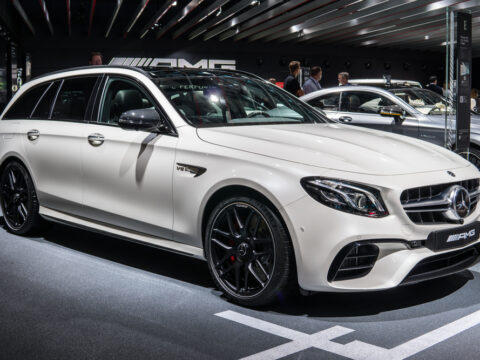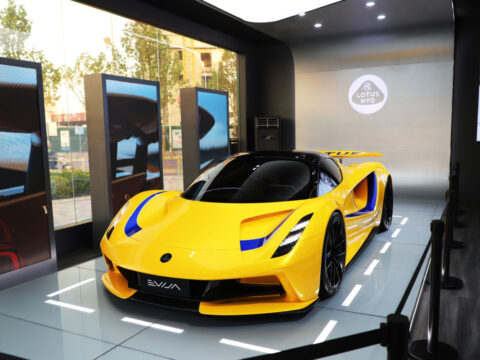Fighter jets have played a crucial role in shaping the outcomes of conflicts and securing air dominance throughout military history. From the sleek designs of World War II to the advanced technology of modern jets, these aircraft have become legends in their own right. In this article, we’ll explore the top 20 legendary fighter jets that have left an indelible mark on aviation history and continue to inspire awe and admiration.
Contents
Supermarine Spitfire
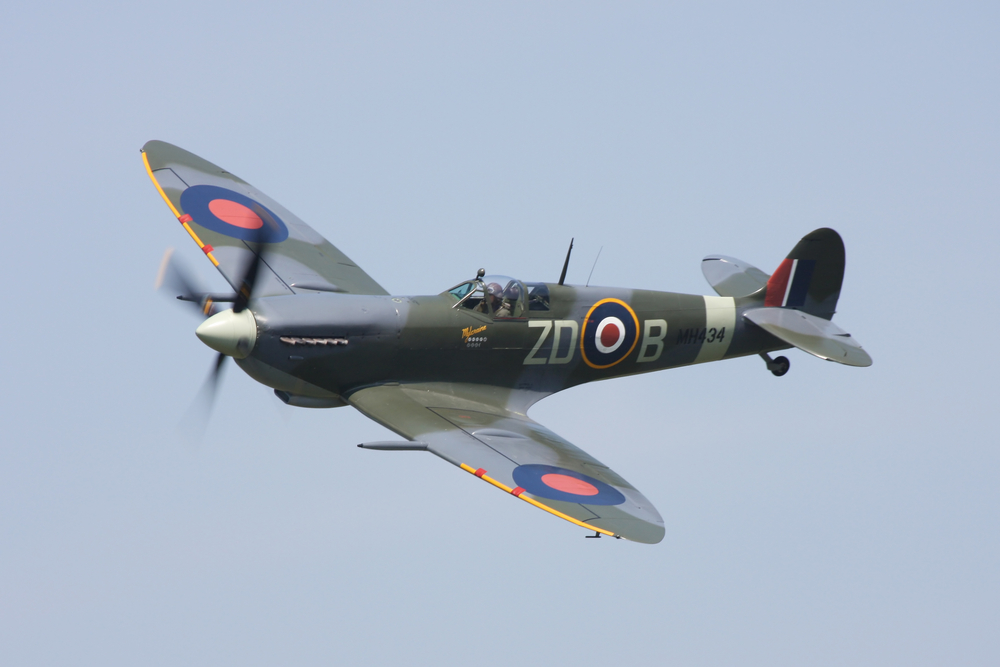
The Supermarine Spitfire is renowned for its role in the Battle of Britain, where it was a key player in defending the UK against Nazi Germany’s air assaults. Its elliptical wing design allowed for superior aerodynamics and maneuverability. Powered by the Rolls-Royce Merlin engine, the Spitfire could reach speeds up to 370 mph and had a service ceiling of 36,500 feet, making it a formidable opponent in dogfights.
North American P-51 Mustang
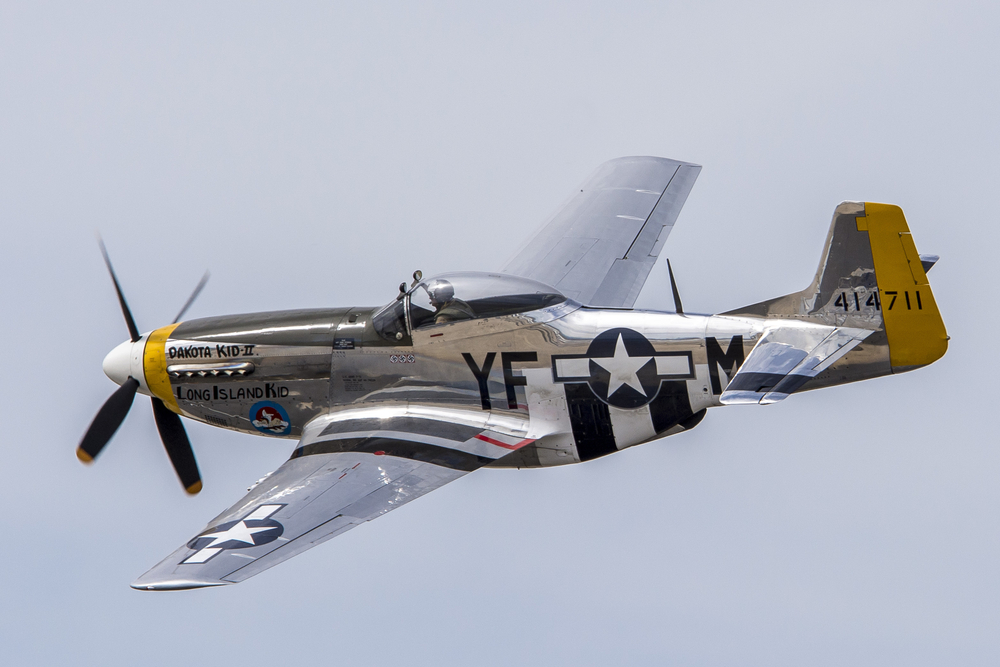
The P-51 Mustang is celebrated for its performance during WWII, particularly in escorting bombers over long distances. Its Packard V-1650-7 engine, a license-built version of the Rolls-Royce Merlin, gave it exceptional range and speed. With a top speed of 437 mph and a range of 1,650 miles, the Mustang was instrumental in gaining air superiority over Europe and the Pacific.
Messerschmitt Bf 109
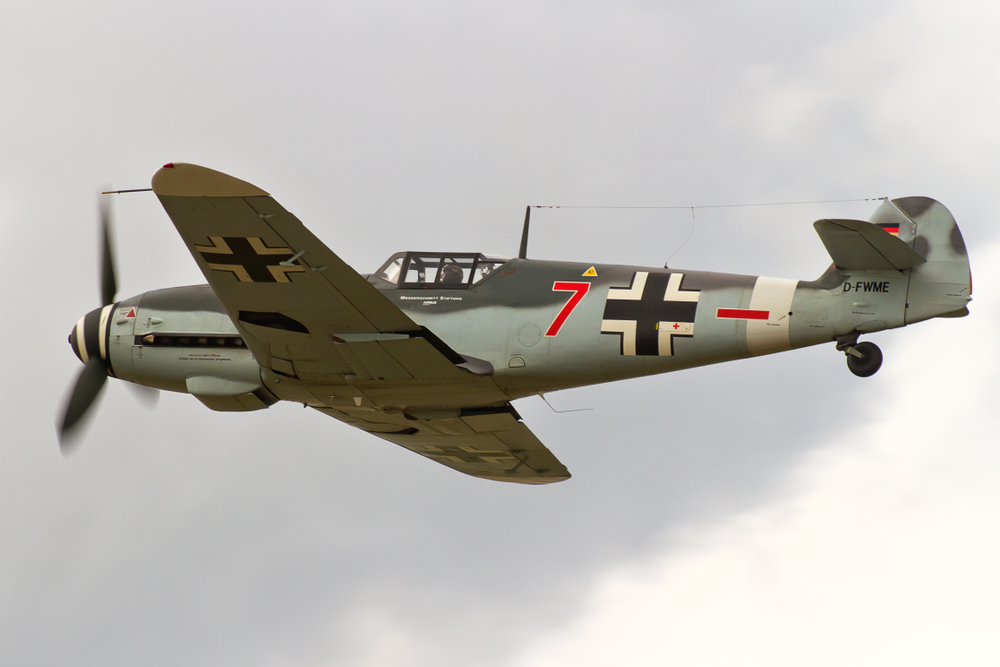
The Messerschmitt Bf 109 was the backbone of the Luftwaffe’s fighter force during WWII. Known for its versatility and advanced features such as an all-metal monocoque construction, retractable landing gear, and a closed canopy, the Bf 109 was a pioneer in modern fighter design. Its Daimler-Benz DB 605 engine enabled speeds up to 398 mph, contributing significantly to Germany’s early air superiority.
Mikoyan-Gurevich MiG-15
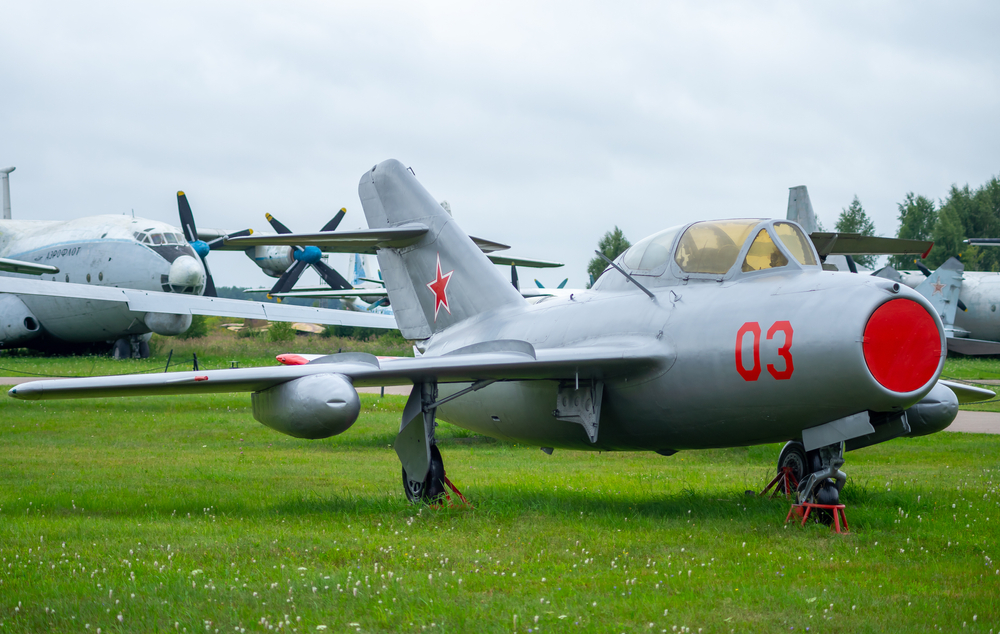
The MiG-15 was a Soviet jet fighter that gained fame during the Korean War for its dogfights with the F-86 Sabre. Equipped with a powerful Klimov VK-1 engine, it could reach speeds of 668 mph and had a service ceiling of 51,000 feet. Its heavy armament of 23mm and 37mm cannons made it a formidable adversary, and its swept-wing design was a significant advancement in jet technology.
F-86 Sabre
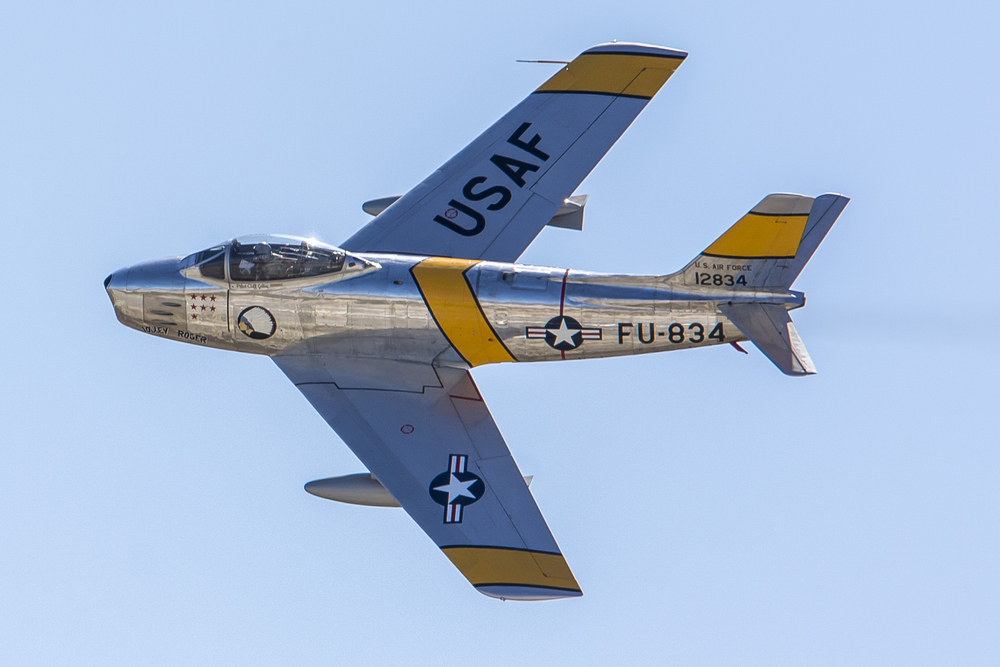
The F-86 Sabre was America’s first swept-wing jet fighter, known for its success in the Korean War. It could reach speeds up to 687 mph and had a service ceiling of 49,000 feet. The Sabre’s six .50 caliber machine guns, coupled with its excellent agility and speed, made it a match for the MiG-15, establishing it as a dominant force in aerial combat.
F-4 Phantom II
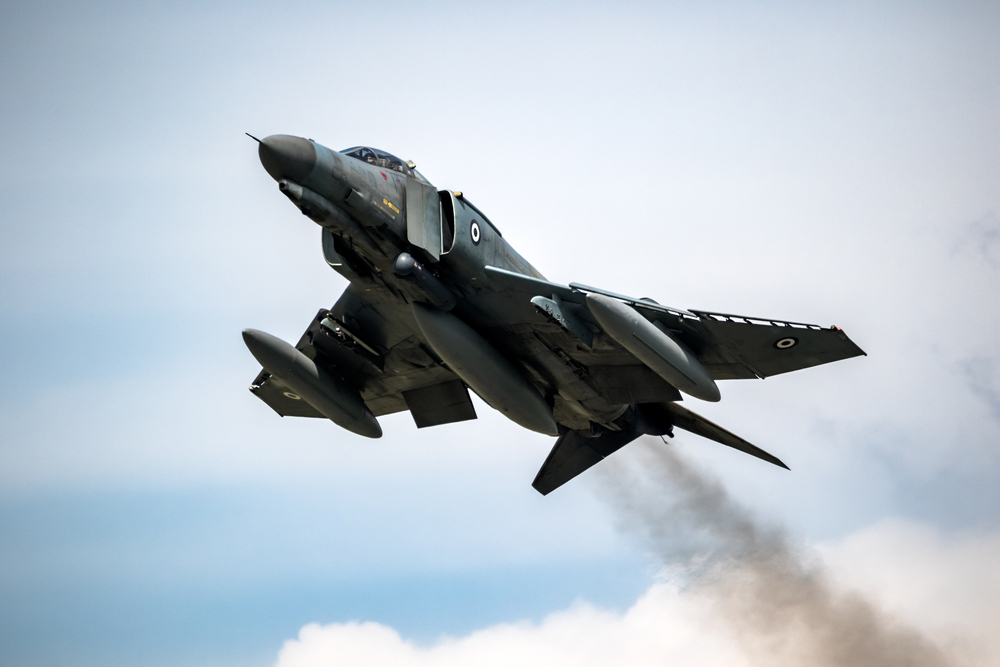
The F-4 Phantom II was a versatile, twin-engine, all-weather fighter-bomber that served in multiple roles for the US Navy, Marine Corps, and Air Force. Capable of speeds over Mach 2.2 (1,473 mph), it was one of the fastest fighters of its time. The Phantom’s extensive payload capacity and adaptability made it a critical asset during the Vietnam War and beyond.
Mikoyan-Gurevich MiG-21
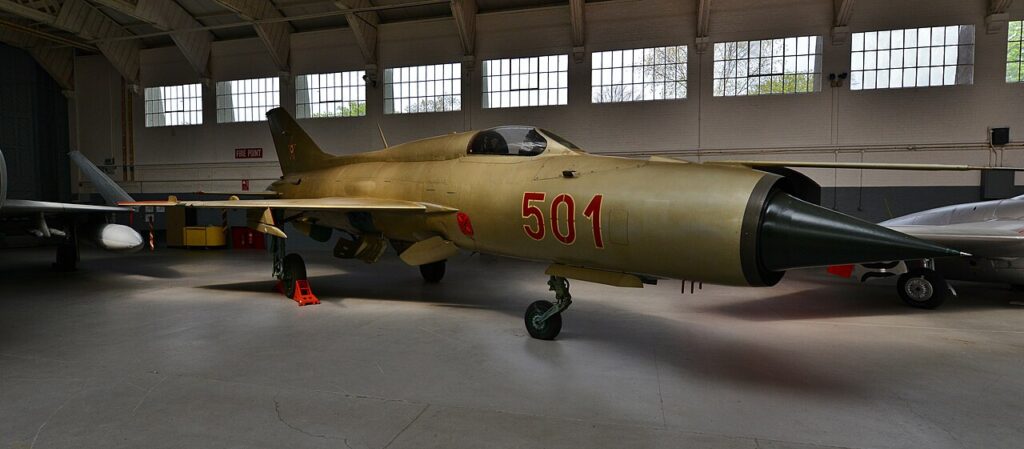
The MiG-21 is one of the most produced jet fighters in history, known for its simplicity, effectiveness, and cost-efficiency. With a top speed of 1,386 mph and a service ceiling of 62,000 feet, it was a versatile and reliable aircraft used by many air forces worldwide. Its delta-wing design and powerful Tumansky R-25 engine contributed to its exceptional performance in combat.
F-14 Tomcat

The F-14 Tomcat gained fame as the US Navy’s primary maritime air superiority fighter and fleet defense interceptor. Known for its variable-sweep wings, it could adapt to various flight conditions, offering unparalleled versatility. Its twin engines allowed it to reach speeds over Mach 2.34 (1,544 mph). The Tomcat’s sophisticated radar and weapon systems made it a formidable threat to adversaries.
F-15 Eagle
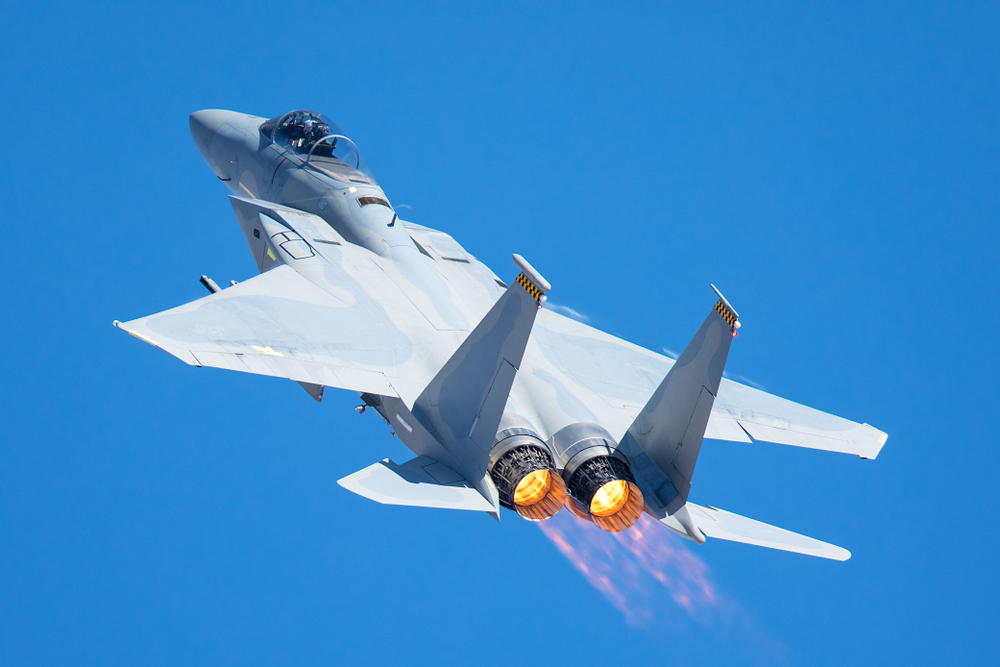
The F-15 Eagle is renowned for its unmatched air superiority capabilities, boasting an impressive kill ratio of 104 to 0. Powered by twin Pratt & Whitney F100 engines, it can reach speeds of 1,875 mph. The F-15’s advanced avionics, superior maneuverability, and powerful radar system have established it as a dominant force in aerial combat for decades.
F-16 Fighting Falcon
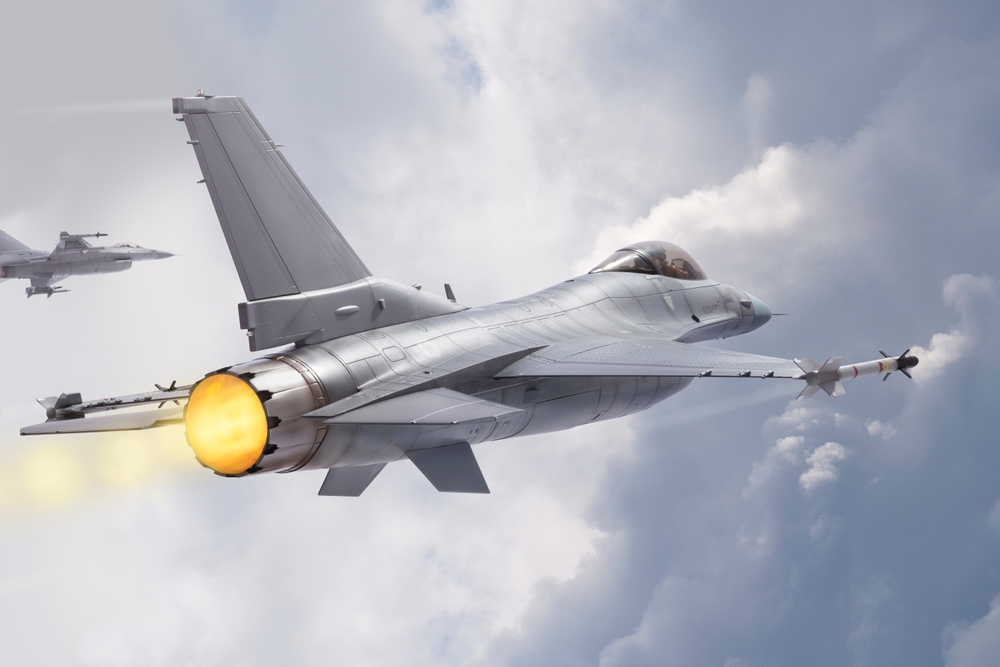
The F-16 Fighting Falcon is a highly versatile multirole fighter known for its agility, reliability, and advanced avionics. Capable of speeds up to 1,500 mph, it has been a key component of numerous air forces worldwide. Its fly-by-wire control system, bubble canopy for better visibility, and extensive payload capacity have made it a favorite among pilots.
MiG-29 Fulcrum

The MiG-29 Fulcrum is a Soviet-designed air superiority fighter known for its agility and dogfighting prowess. With twin Klimov RD-33 engines, it can reach speeds of 1,520 mph and has a service ceiling of 59,000 feet. The MiG-29’s advanced aerodynamics and powerful radar system make it a formidable adversary in aerial combat.
Dassault Mirage III
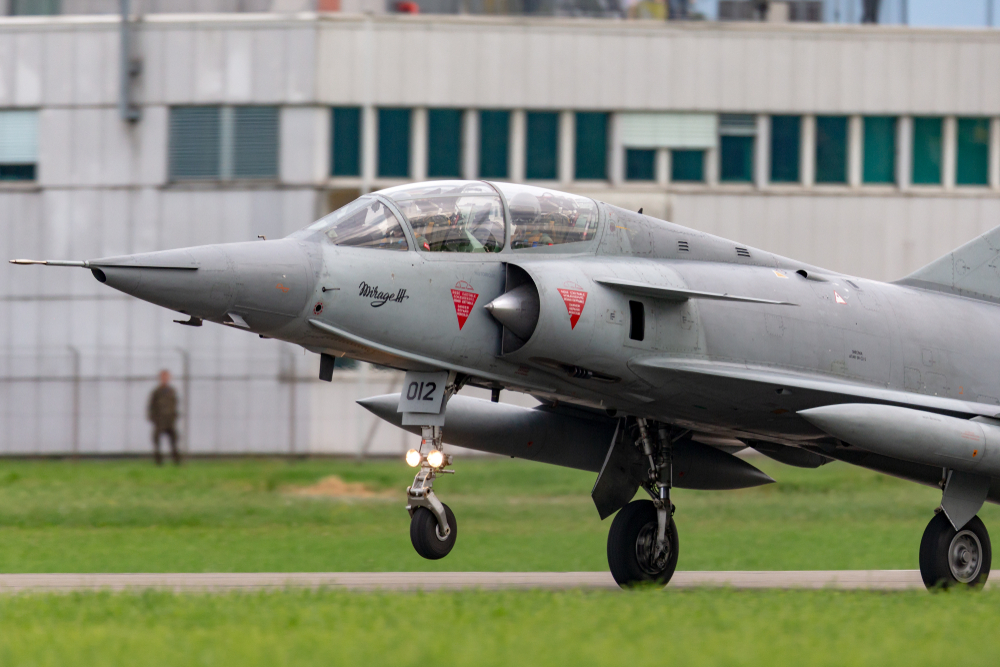
The Dassault Mirage III is a French single-engine fighter that became famous for its role in various conflicts, including the Six-Day War. Its delta-wing design allows for excellent high-speed performance and agility. Powered by the SNECMA Atar 09C engine, it can reach speeds of 1,454 mph, making it one of the fastest fighters of its time.
Eurofighter Typhoon
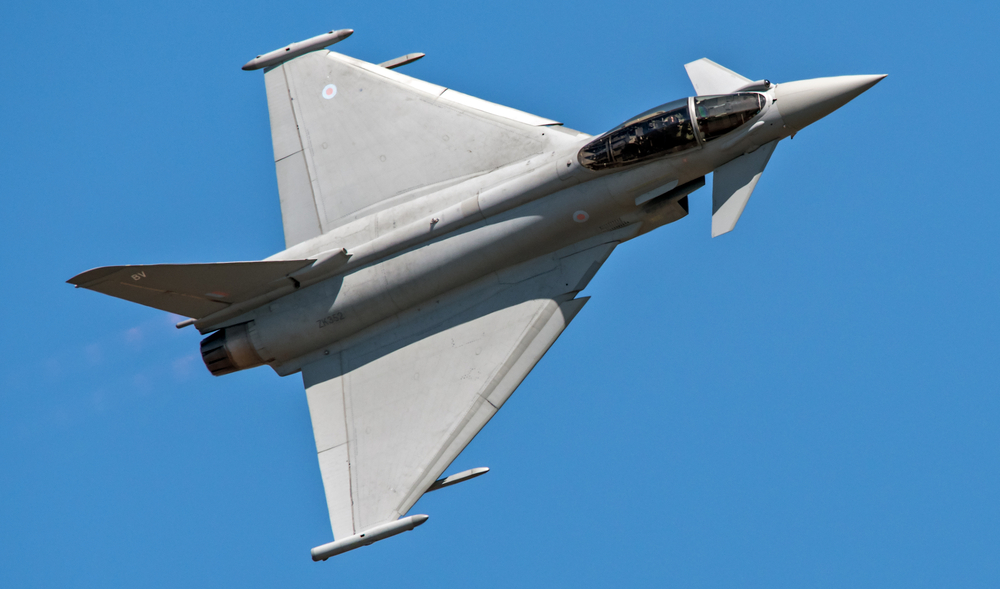
The Eurofighter Typhoon is a highly agile, multi-role fighter aircraft developed by a consortium of European aerospace companies. It can reach speeds of Mach 2 (1,320 mph) and features advanced avionics, stealth capabilities, and supermaneuverability. The Typhoon’s versatility allows it to perform air superiority, ground attack, and reconnaissance missions effectively.
F-22 Raptor

The F-22 Raptor is a fifth-generation stealth fighter known for its advanced avionics, supercruise capability, and unparalleled stealth features. It can reach speeds of Mach 2.25 (1,500 mph) and has a service ceiling of 65,000 feet. The F-22’s combination of speed, stealth, and agility makes it the most advanced air superiority fighter in the world.
F-35 Lightning II
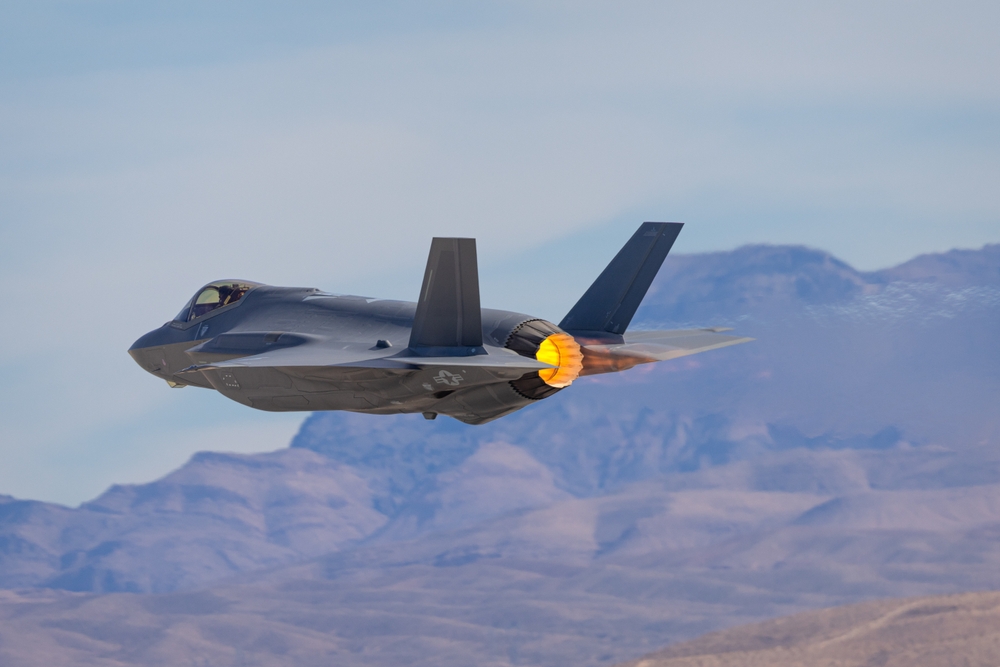
The F-35 Lightning II is a family of single-engine, stealth multirole fighters designed for air superiority and ground attack missions. It features advanced avionics, stealth technology, and a highly integrated sensor suite. Capable of speeds up to Mach 1.6 (1,200 mph), the F-35 is designed to perform a wide range of missions with unprecedented situational awareness and combat effectiveness.
Hawker Hurricane
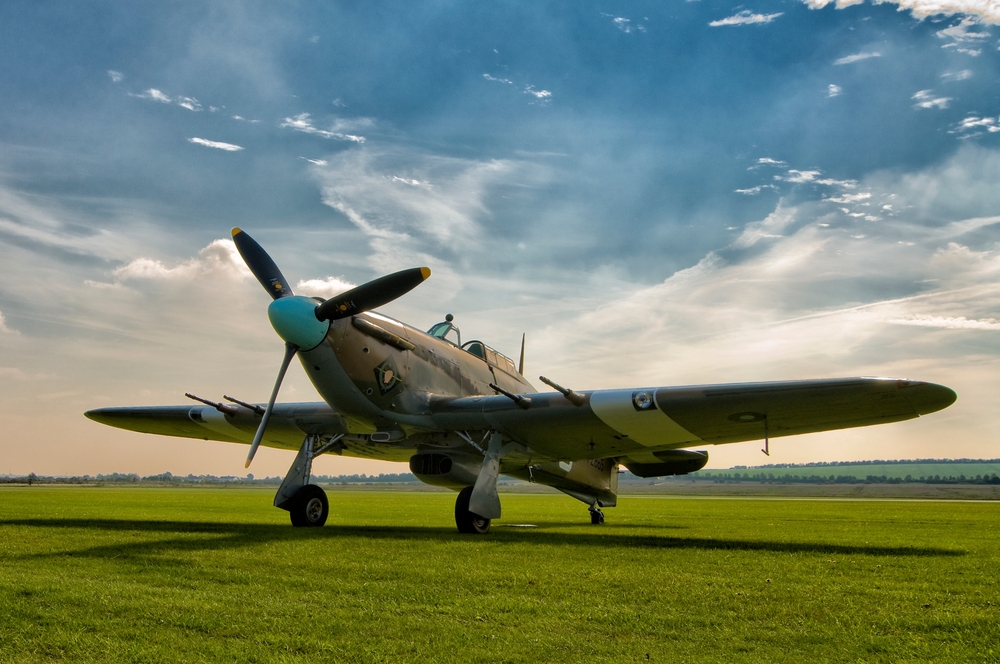
The Hawker Hurricane, alongside the Spitfire, played a vital role in the Battle of Britain. Known for its robustness and ease of maintenance, it was powered by the Rolls-Royce Merlin engine, enabling speeds up to 340 mph. The Hurricane’s effectiveness against bombers and its adaptability for various roles made it an indispensable asset during WWII.
A6M Zero
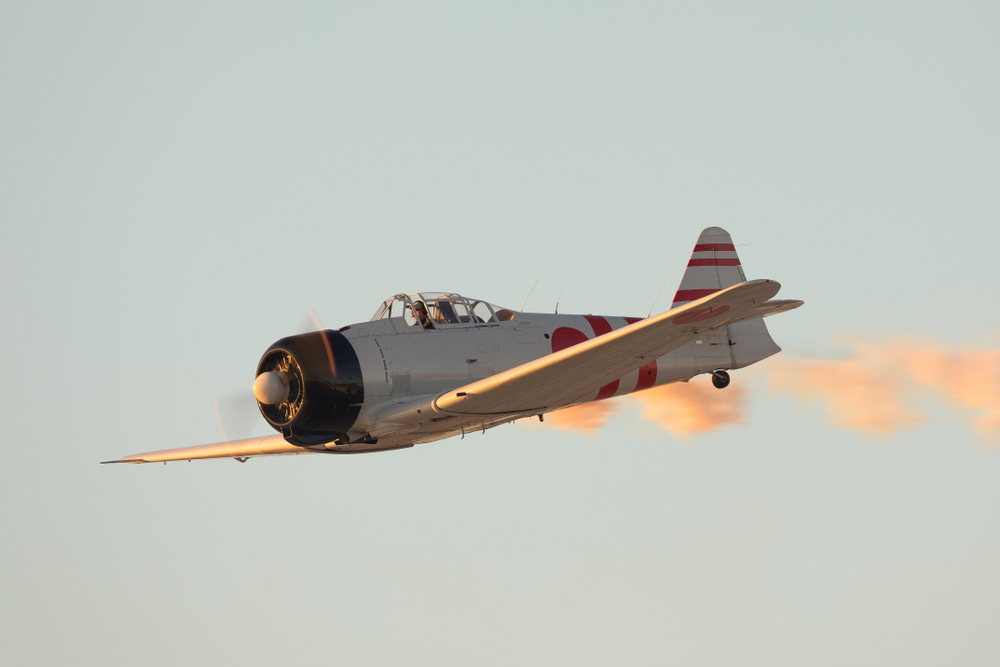
The A6M Zero was a long-range fighter aircraft used by the Imperial Japanese Navy during WWII. Known for its exceptional agility and range, it could reach speeds of 331 mph. Despite its light armor and lack of self-sealing fuel tanks, the Zero dominated early Pacific battles due to its maneuverability and firepower.
Saab JAS 39 Gripen
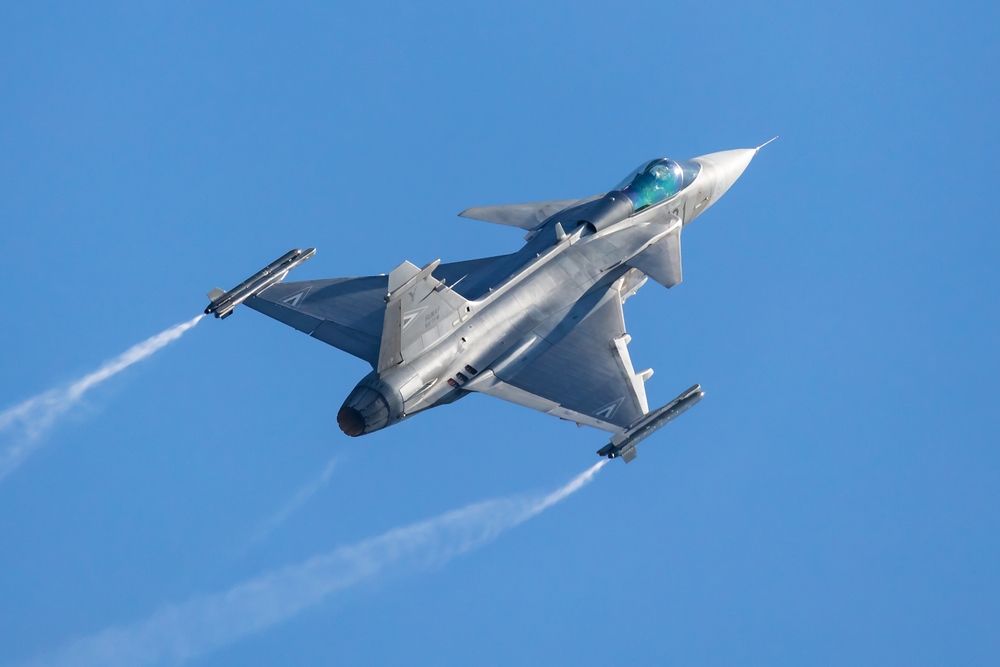
The Saab JAS 39 Gripen is a Swedish multirole fighter known for its agility, advanced avionics, and cost-effectiveness. Capable of speeds up to Mach 2 (1,522 mph), it features a highly integrated avionics suite and excellent maneuverability. The Gripen’s versatility and affordability have made it a popular choice for air forces around the world.
Dassault Rafale
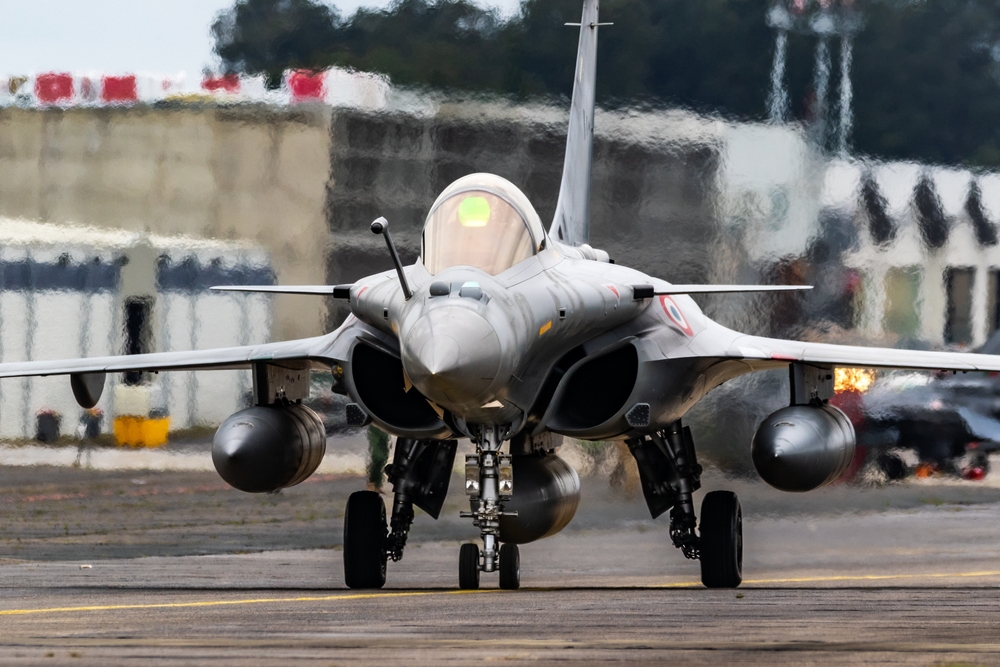
The Dassault Rafale is a French twin-engine multirole fighter designed for air superiority, ground attack, and reconnaissance missions. With a top speed of Mach 1.8 (1,188 mph), it features advanced avionics, stealth capabilities, and superior agility. The Rafale’s versatility and cutting-edge technology have made it a key asset for the French Air Force and Navy.
Sukhoi Su-27
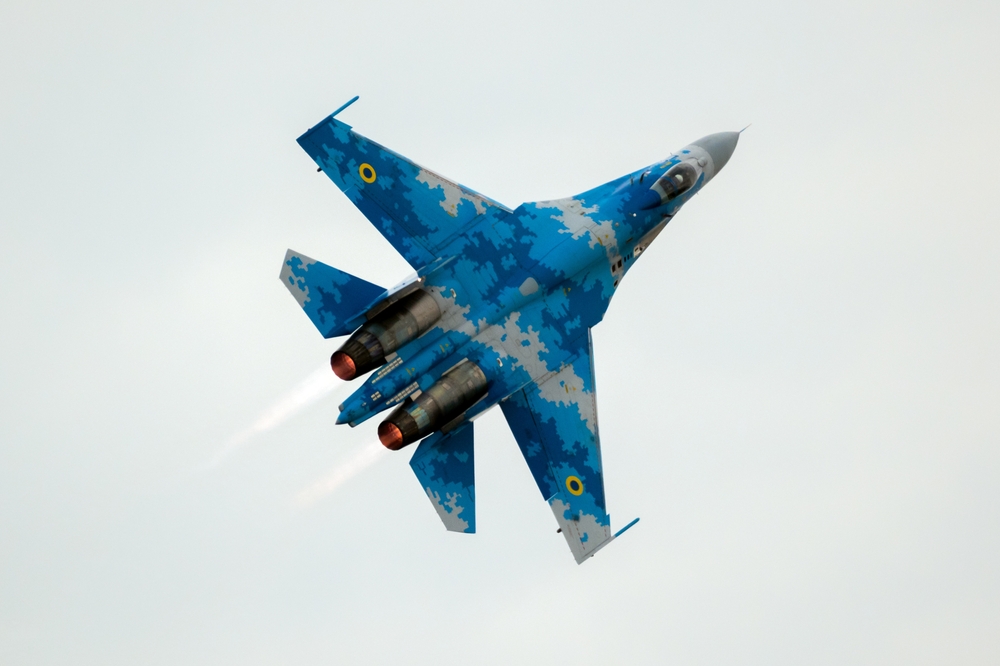
The Sukhoi Su-27 is a Soviet-origin twin-engine supermaneuverable fighter aircraft designed for air superiority missions. Capable of speeds up to Mach 2.35 (1,550 mph), it features advanced avionics and powerful engines.
This article originally appeared in MyCarMakesNoise.
More from MyCarMakesNoise
10 Worst Military Vehicles Ever Deployed

Military hardware doesn’t always hit the mark. While some vehicles become legendary for their effectiveness, others are plagued by problems that render them almost useless. Read More.
10 Extreme Off-Road Vehicle Mods for Adventurous Drivers

Standard vehicles often fail to provide the necessary durability and performance for those who crave adventure and the thrill of the unbeaten path. Extreme off-road modifications transform everyday vehicles into powerful machines capable of tackling the most challenging terrains. Read More.
15 Iconic Car Designs That Influenced the Industry

Throughout the history of the automotive industry, certain car designs have stood out for their groundbreaking impact on the market and culture. These iconic vehicles defined their eras and set new benchmarks in performance, aesthetics, and technology. Read More.


